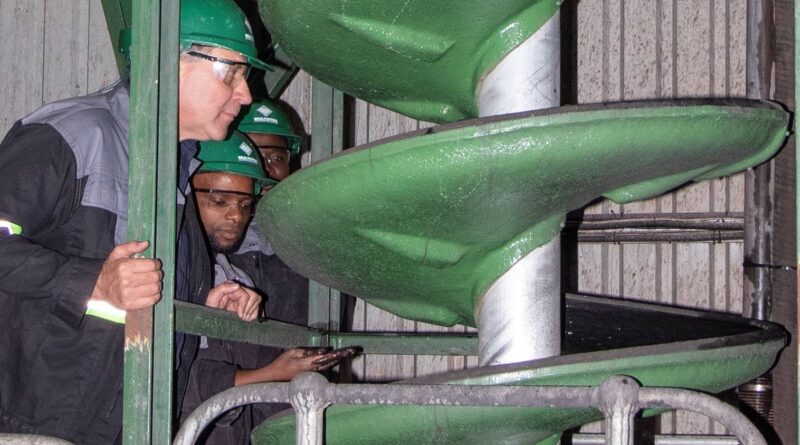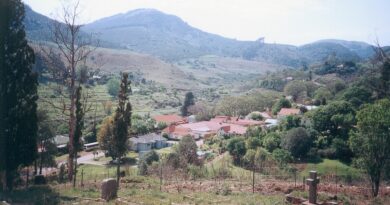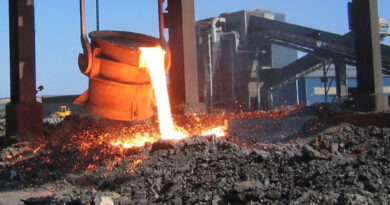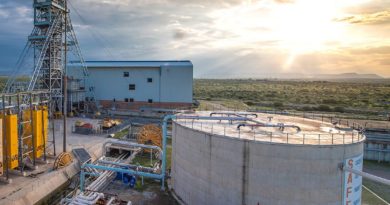The role of African mining in the energy transition
According to Wood Mackenzie the energy transition took centre stage at Investing in African Mining Indaba, Africa’s foremost mining event, putting a spotlight on the US$1.2 trillion opportunity – and the carbon reduction investment dilemma.
The unanimous call to action is that an extraordinary investment in new mines is needed, and soon. Most industry participants also agreed on the challenges in doing so. But few in the sector can provide an optimal solution as to who will pay and how the value chain should evolve.
Across the many panel discussions and keynote speeches at Mining Indaba, there seemed little disagreement that for lithium, copper, nickel, cobalt, vanadium and graphite, among others – there is currently a mismatch between future demand and the ability for industry to deliver.
Wood Mackenzie numbers suggest that in order to reach Paris Agreement targets of zero carbon by 2050, copper and aluminium production must double, nickel output needs to rise three-fold and the world will require nine times the amount of lithium produced today.
Overall, an investment of US$1.2 trillion is needed across transition metals supply by 2050.
A major reason for lack of investment is that cash is being returned to shareholders, rather than being re-invested into growth. This keeps investors happy but starves the industry of the necessary investment to meet future energy demand. The risk is a period of rapidly rising metal prices from mid-decade onwards as structural deficits emerge for several key commodities.
A second issue is project lead times. In more mature markets, such as copper, we have seen a lack of investment in exploration, leading to thinning advanced project pipelines and a lack of quality projects.
It takes 10 to 15 years to prove, develop and ramp up mines for most metals – and this is incompatible with a race to zero carbon in a little over double that time.
In less developed ‘green’ metal markets it is also a game of catch-up. It takes 10 to 15 years to prove, develop and ramp up mines for most metals – and this is incompatible with a race to zero carbon in a little over double that time.
The time taken to develop projects is a function of many other factors – heightened country risk, lengthier permitting processes, and a razor-sharp focus on environmental, social and governance principles. This all means that meeting investment criteria and gaining a social licence to operate is increasingly difficult.




